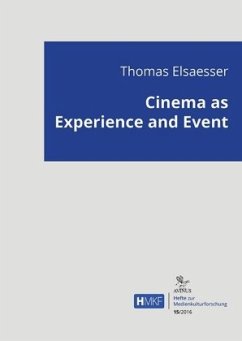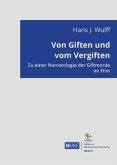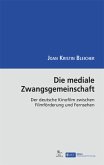Our concern with the space of experience in cinema is symptomatic of the changes cinema has undergone in the past thirty years. In film studies it points to a bifurcation of interest: For much of the 1950s and 60s, the focus has been on the makers - the directors as auteurs and artists; but since the 1970s more emphasis has been laid on audiences, reception and the physical spaces of cinema experience. But even within this shift to audiences, there are differences of emphasis: between "film" and "cinema", between "ocular vision" and "embodied vision", between "sight" in the cinema and its "sound-scape and sound spaces", between the "visible" and the "invisible", or as I would summarize this in-between-ness of cinema: between film as "text and narrative" and cinema as "event and experience".
Hinweis: Dieser Artikel kann nur an eine deutsche Lieferadresse ausgeliefert werden.
Hinweis: Dieser Artikel kann nur an eine deutsche Lieferadresse ausgeliefert werden.








